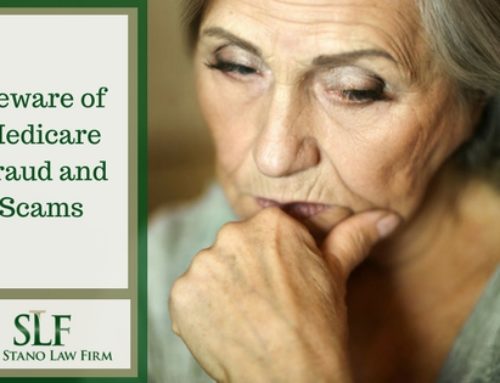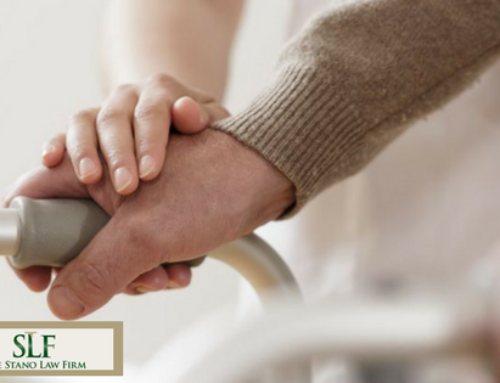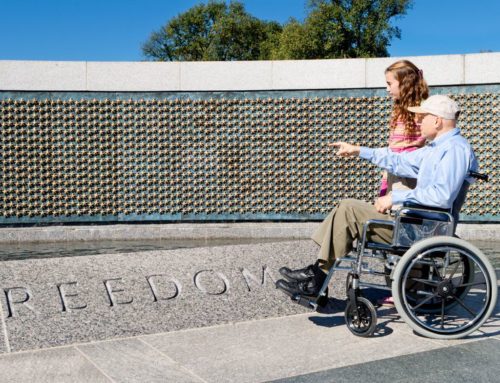Many people assume that Medicare is free; it is not. There are fees for service, premiums, deductibles and other costs that are associated with Medicare. If you fall into the gap where you do not qualify for Medicaid but cannot afford all of the Medicare premiums, there might be some help for you.
Qualifying for Programs
Since Medicare and Medicaid are administered on a state to state basis, eligibility may differ depending on where you live. Here are some general guidelines for qualifying for assistance programs:
- Personal assets including cash, bank accounts, stocks and bonds must not be more than $4,000 for an individual or $6,000 for a married couple. The good news is that houses, cars and other personal assets typically do not count towards this limit.
- Your Monthly income must meet a specific level, based upon the program. This typically is a percentage of what is considered the current poverty level.
What Programs are There?
Here are some of the programs you may qualify for:
- Specified Low-income Medicare Beneficiary (SLMB): This program will pay for your Medicare part B premiums.
- Qualifying Individual Program (QI-1): This ties into the SLMB program listed above. It provides further assistance for Medicare part B, but must be applied for every year.
- Qualified Disabled and Working Individuals Program (QDWI): This program is available to help out with Medicare part A premiums
- Qualified Medicare Beneficiary (QMB): This program helps to pay for Medicare part A and B premiums and Deductibles as well as coinsurance.
Contact Stano Law group for legal assistance with Medicare benefits are claims.







Leave A Comment